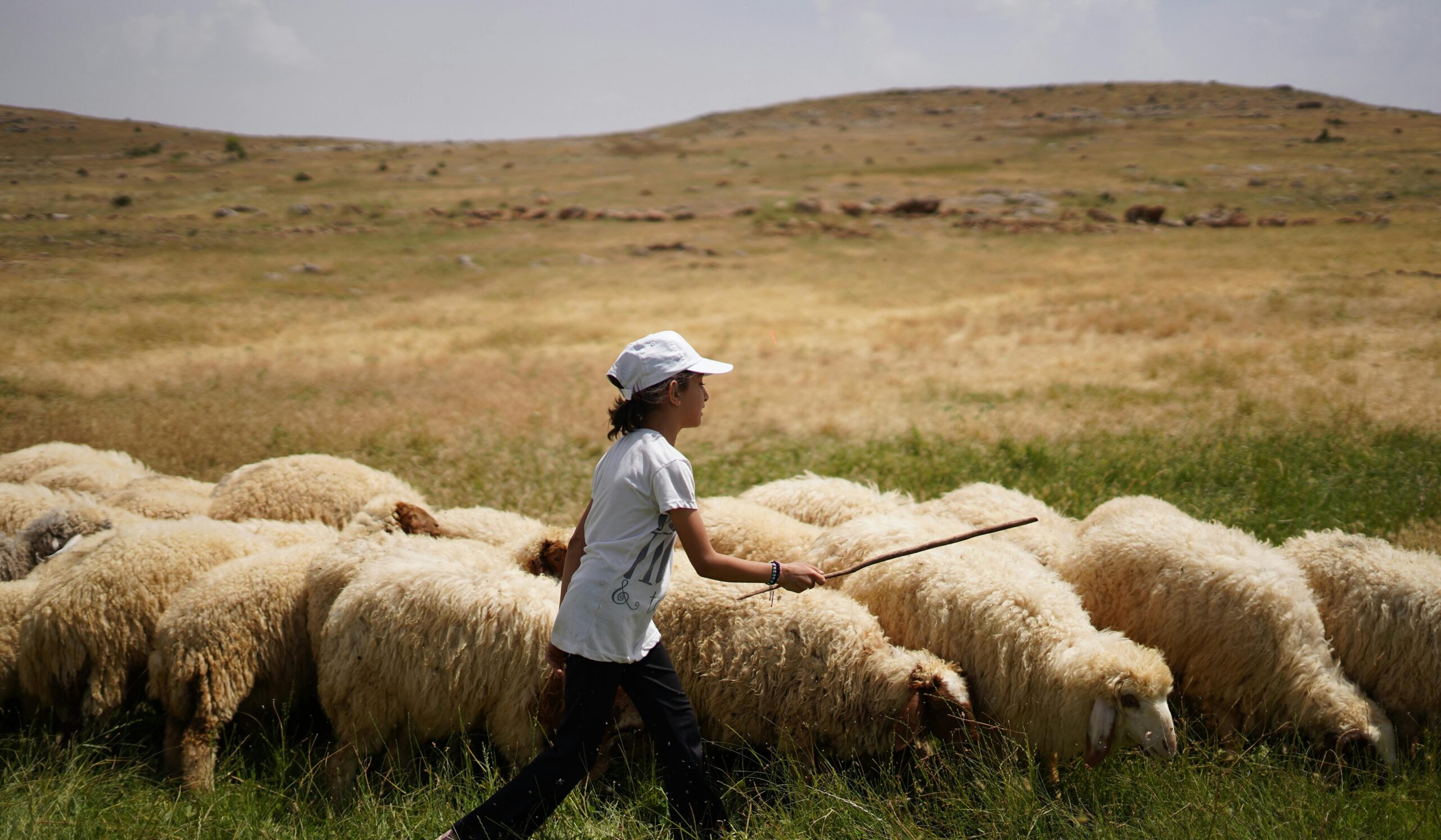
Five Actions to Help Your Kids Think for Themselves
By Tim Elmore
I read a publication years ago that said 70 percent of Americans do no thinking on their own. I was never able to locate the source of this data, but my own experience verifies it. I assume the number means that the average person relies on commercials, referrals, endorsements, or reviews to help them make decisions. People don’t have the time or the will to stop and think for themselves. Most of us are overwhelmed with the volume of choices and content we face every day. We need help. Yet, the answer can’t be to simply let others do our thinking for us, can it?
Two studies published by the National Institutes of Health (NIH) reported that 65 percent of Americans believe they are smarter than average. Weighting samples of more than 2,800 people, to match the demographics of U.S. census data, confirmed that two out of three citizens believe they’re smarter than average, with men more likely to agree than women. Yet, two-thirds of us cannot reside in the top half of our population, can we?
Truth be told, both kids and adults are guilty of being persuaded without reflecting.
Are We Becoming Sheeple?
I spoke to two 45-year-old people about the presidential election in November 2024. They agreed that they’d grown tired of all the political commercials by both candidates. They had both voted, but they could not give me any clear reasons for their decision. It was basically peer pressure.
I also spoke to a 19-year-old member of Generation Z. She was articulate and seemed intelligent, but when she shared who she was voting for, the reasons were superficial. It was style over substance and, of course, based on who her friends were voting for.
Are we becoming sheeple? This term was first used in 1945 and seems to be more relevant today than ever. Sheeple is a combination of “sheep” and “people.” It is defined as people who are docile, compliant, or easily influenced; people who are likened to sheep. They just roam where the rest of the flock is going. When one person in a group makes a mistake or takes a risky action, the others in the group are likely to follow suit, often without thinking critically, just like a flock of sheep blindly follows the first one that falls off a cliff. They show a lack of independent thought and a tendency to conform to group behavior.
Experiments were performed with people standing on a corner at an intersection. Each was waiting for the “walk” signal to let them know it was safe to cross. Repeatedly when one person chose to cross (often with great boldness), the others followed suit, even without the signal telling them to do so. It’s a herd instinct. We don’t analyze or reflect. In fact, we often trust others above ourselves, thinking they might have information we do not.
There must be a better way for us and for our children.
Five Actions to Help Your Kids Think for Themselves
Generation Z has already begun to question authority, so this could come easily for them. Let me offer some action steps as you teach your young people to think critically.
1. Teach them to question assumptions.
This doesn’t need to be uncivil, but when something is proposed, always begin with questioning the assumptions it’s built upon. If someone says, “Being a teen is miserable,” start asking, “Does it have to be? What change could make it positive or energizing?”
2. Ask them to argue the other side of a debate.
This one always sparks critical thinking. When an issue is controversial, take the other side of the argument, the one that is different from your intuition. Consider the case for the opposing side, then argue it. This forces people to see all sides of a situation and may deepen our understanding of the issue itself.
3. Help them inquire “why” a crowd of people chose a direction.
One gift we can give our kids or ourselves is to learn to ask, “why?” This nudges every issue into an exploration instead of an assumption. Why are prescription drugs costly? Why do people embrace pro-life? Why aren’t teachers paid more? Why don’t leaders lead better?
4. Condition them to be curious.
Children begin as curious, but life tends to confiscate that instinct from them as young adults. Learn to dig and discover the origins of things or the causes of realities we see every day. Curiosity keeps us young, and it energizes and motivates us to think for ourselves.
5. Model critical thinking for them.
The best way to nurture critical thinking skills in young people is to embody them. Show and tell is better than tell and tell. How are you modeling thinking for yourself for those around you?
In 1872, Hans Christian Andersen recalled standing in a crowd with his mother, waiting to see King Frederick VI. When the king appeared, Andersen cried out, “Oh, he’s nothing but a human being!” His mother tried to silence him, saying, “Have you gone mad, child?” As an adult, Andersen chose to write a story called “The Emperor’s New Clothes.” You likely recall this story of an emperor who only cares for new clothes. He hires two con artists who promise him the finest suit of clothes. It will be made from a fabric invisible to anyone who is unfit for his position or “hopelessly stupid.”
The emperor’s staff cannot see the clothing but pretend that they can for fear of appearing unfit for their positions. The emperor does the same. Finally, the con artists finish and pretend to dress him. He marches in procession before the townsfolk who play along with the pretense, but a child in the crowd cries out that the emperor is wearing nothing at all. The cry was soon joined by others and the truth became clear. It took a child who thought for himself to empower the sheeple on that day.
Let’s help our kids avoid joining a flock of sheeple.




